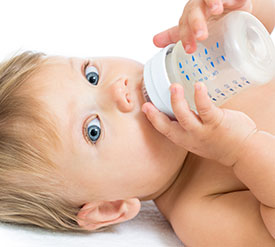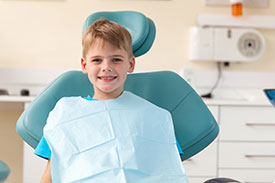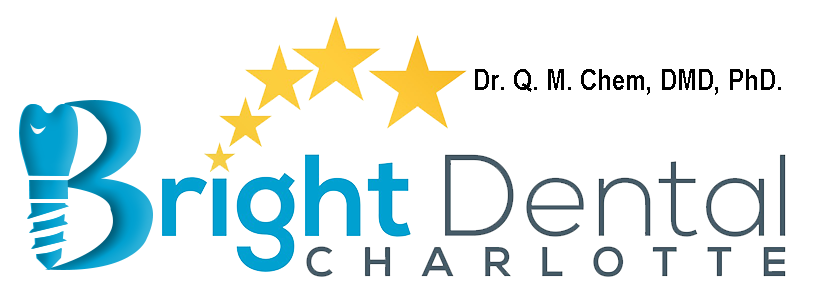Pediatric Dentistry
With all the new experiences children might encounter at the dental office, it’s no surprise that parents might be a little anxious about their child’s first dental visit.
But if you’re thinking about your infant’s dental health, you’re already a gold star parent.
Setting up your child’s first dental visit is a step in the right direction, and every little baby step you take from there will prepare your child for an easy dental visit.

Prep Time!
When taking a child to the dentist for the first time, parents should follow the “rules of ones.” Children should see the dentist by the time they get their first tooth or reach their first birthday, and then continue with regular dental visits every six months — just like their parents!
With a majority of families not taking their children to the dentist until the age of 3, you’ll already be ahead of the game. Introducing professional dental care into your children’s lives early is a great way for parents to stay on top of their dental health.
Properly preparing children for the dentist will help guarantee a successful visit. When talking to your child about his or her first dental visit, be careful how you phrase your discussion.
Avoid using negative words that might create unnecessary dental anxiety, such as hurt, needles or drill. Instead, speak in general terms and remain positive — after all, visiting the dentist keeps you feeling great, so why wouldn’t you want to go?
It’s also important to lead by example — when children see you visiting the dentist every six months, they’ll be more likely to follow your lead.
Make Appointment
Sealants
You might spend all day admiring those attractive front teeth, but your back teeth molars get the real work done.
The chewing surfaces of your molar back teeth are rough and contoured with pits and grooves to help break down food.
While brushing and flossing helps remove food and dental plaque from smooth tooth surfaces, properly cleaning these deep fissures on your molars can be much more difficult.
Luckily, dental sealants offer molars a safeguard from tooth decay. Made of plastic resin, these tooth sealants are applied to the grooves of premolars and molars to “seal out” cavity-causing bacteria and food.

When to Get Dental Sealants
Decay starts early in life, so dental sealants are generally placed on your teeth at a young age.
The first set of permanent molars usually erupts by age 6. Sealing these chewing surfaces soon after will help keep them healthy and protect them from cavities. Much later, second molars erupt during the rapid growth spurts of teenagers.
These molars are just as vulnerable as the first, and the typical teenager will subject them to excessive sugar. The sooner these chewing surfaces can be sealed, the better.
Although dental sealants are usually applied early in life, adults at high risk of developing decay can also benefit from receiving them. Consult with your dentist to determine if tooth sealants are right for you.
